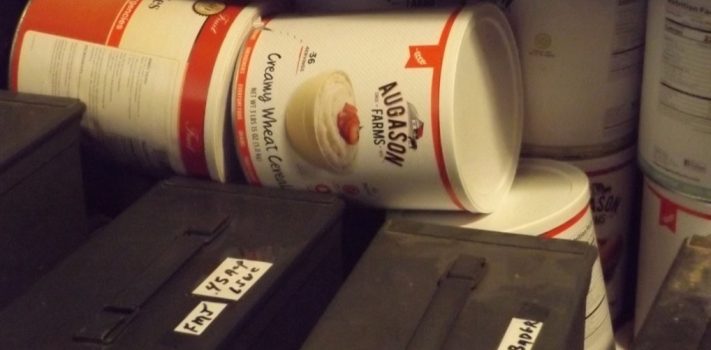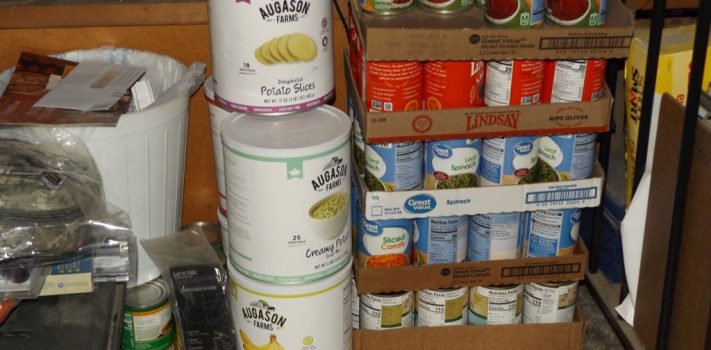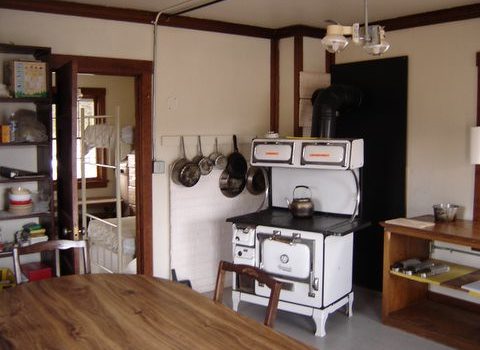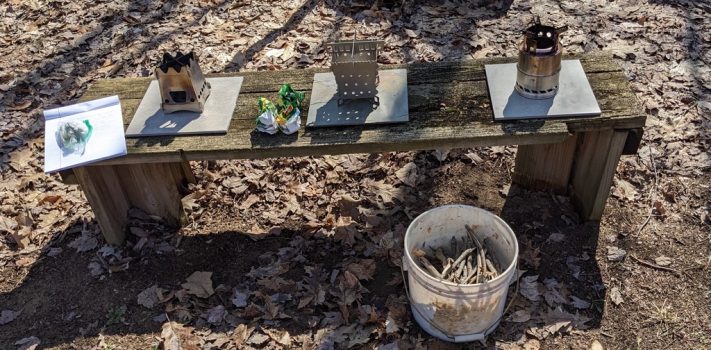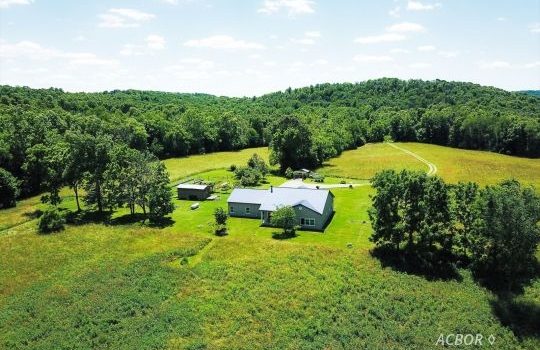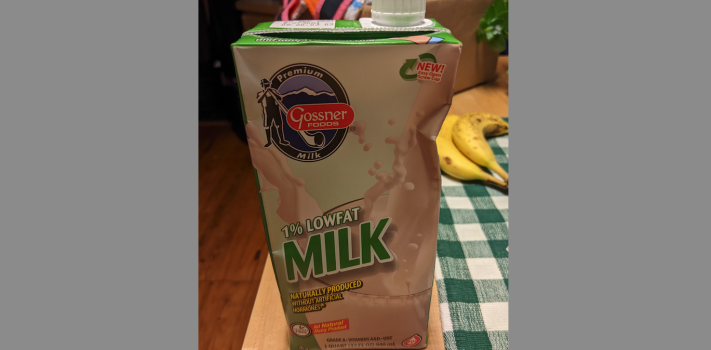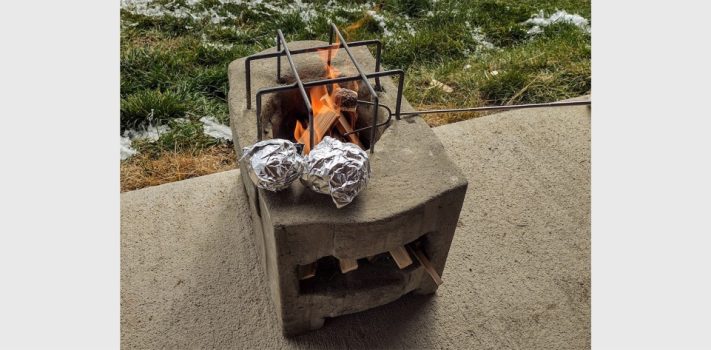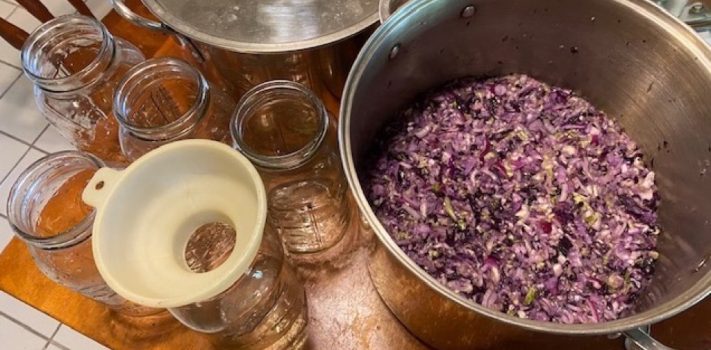Simple Home Logistics Planning Tips, by Kevin C.
One of the puzzles for people starting out in the business of being prepared is “How much?” How much sugar, flour, rice . . . do I need to have on hand? There are lots of sources that will provide planning figures for this, and in the absence of any other guidance, following them – at least partially at first – is a good idea. I did so. But these one-size-fits-all guides, as useful as they are, may not reflect your specific tastes and usages. Here is a method for arriving at a figure somewhat associated with your needs – …

